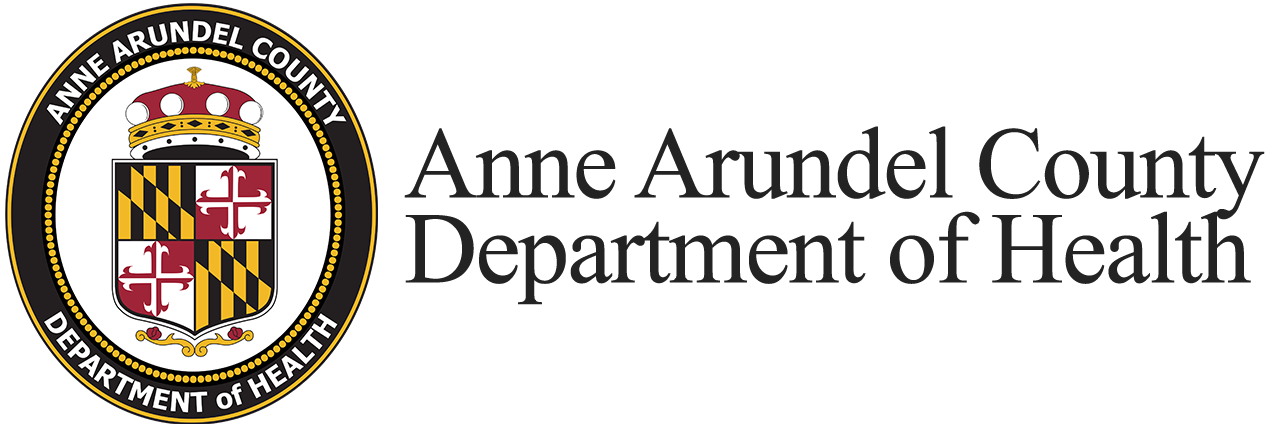What is prostate cancer?
Prostate cancer is a disease in which malignant (cancer) cells form in the tissues of the prostate. Several types of cells are found in the prostate, but almost all prostate cancers develop from the gland cells. Gland cells make the prostate fluid that is added to the semen.
What is the prostate?
The prostate is a gland in the male reproductive system located just below the bladder (the organ that collects and empties urine) and in front of the rectum (the lower part of the intestine). It is found only in men. The size of the prostate varies with age. In younger men, it is about the size of a walnut, but it can be much larger in older men. The prostate surrounds part of the urethra (the tube that empties urine from the bladder). Its job is to make the fluid that protects and nourishes sperm cells in semen.
Risk Factors for Prostate Cancer:
- Age – Age is the strongest risk factor for prostate cancer. The chance for prostate cancer increases as you get older and rises rapidly after age 50. Almost two out of three prostate cancers are found in men over the age of 65.
- Family History – Having a father or brother with prostate cancer more than doubles the risk of developing this disease.
- Race and Ethnicity – Prostate cancer develops more often in African American men and in Caribbean men of African ancestry than in men of other races. And when it does develop in these men, they tend to be younger. Prostate cancer occurs less often in Asian American, Hispanic, and Latino men than in non-Hispanic white men. The reasons for these racial and ethnic differences are not clear.
Prostate Cancer Symptoms
These symptoms may be caused by prostate cancer. A medical provider should be consulted if any of the following problems occur:
- Urination problems, such as pain, burning, increased frequency, or a weak or interrupted flow
- Blood in the urine or semen
- A pain in the back, hips or pelvis that does not go away
- Painful ejaculation
If you have questions or concerns about prostate cancer symptoms or risk factors, talk to your health care provider.
Prostate Cancer Screening
Ask your health care provider about screening and discuss the benefits and harm of screening. Screening can detect a problem in the prostate. However, screening tests cannot show whether the problem is cancer or a less serious condition. If you have abnormal test results, your doctor may suggest other tests to make a diagnosis. Screening for prostate cancer includes:
- Digital Rectal Exam
A digital rectum exam is an exam of the rectum. The health care provider inserts a lubricated, gloved finger into the lower part of the rectum and feels the prostate through the rectal wall to check for lumps or anything else that seems unusual. - The Prostate-Specific Antigen (PSA) Test
Made by the prostate gland, PSA is a protein which can be measured with a blood test. The amount of PSA in the blood can rise naturally as men age or if problems with the prostate are present. Sometimes the level of PSA may rise in men who have prostate cancer.
Here are questions you can ask your doctor about prostate cancer screening:
- Am I at greater risk for prostate cancer?
- At what age should I start to think about screening for prostate cancer?
- If I have a PSA test that is normal, what could I have besides prostate cancer?
- What is a biopsy, and how is it done?
- What are the side effects or risks of a biopsy?
- If my biopsy shows some cancer cells, what does that mean?
- What are the side effects or risks of each treatment?
Most insurance and Medicare Part B will pay for a yearly PSA test. Coverage for digital rectal exam is based on deductible or copayment. To find out how much your test or service will cost, talk to your health care provider.
